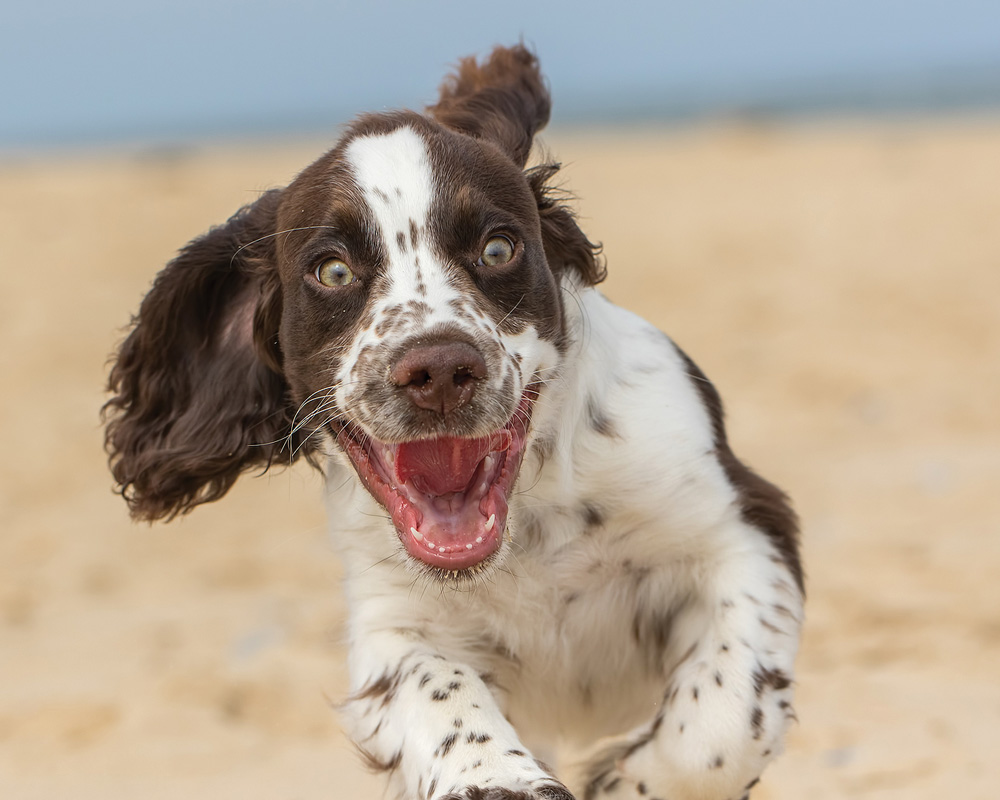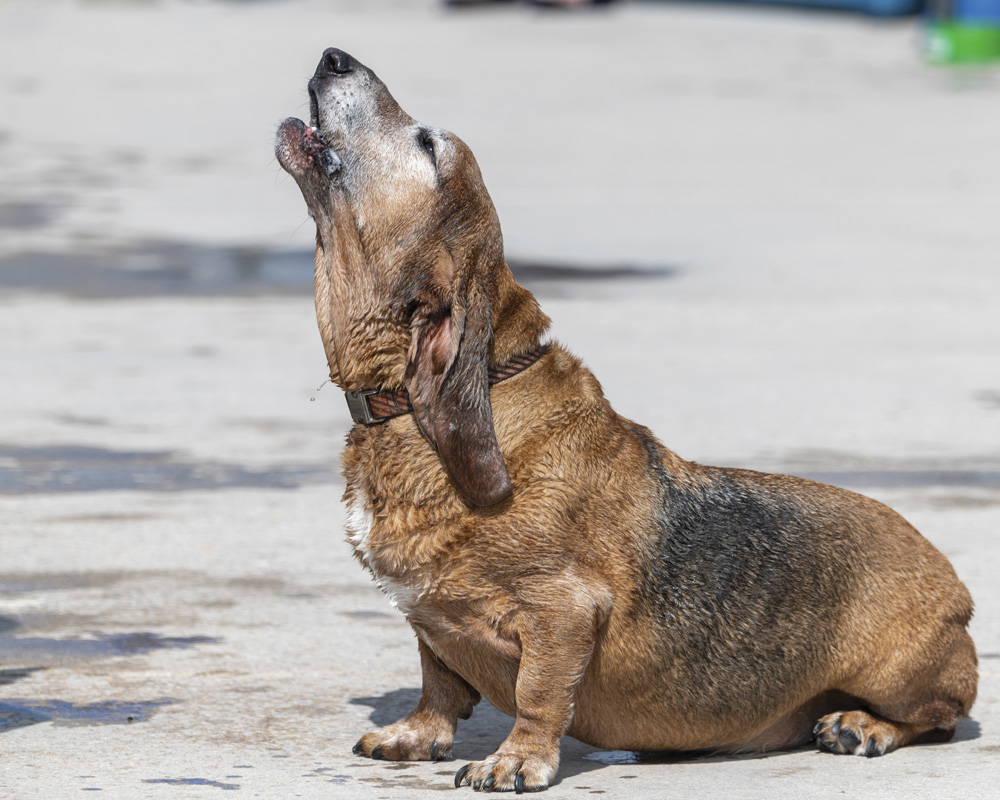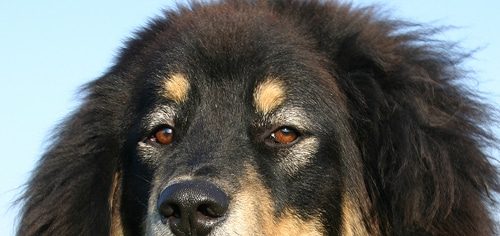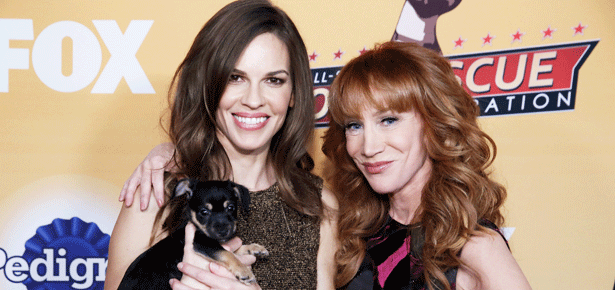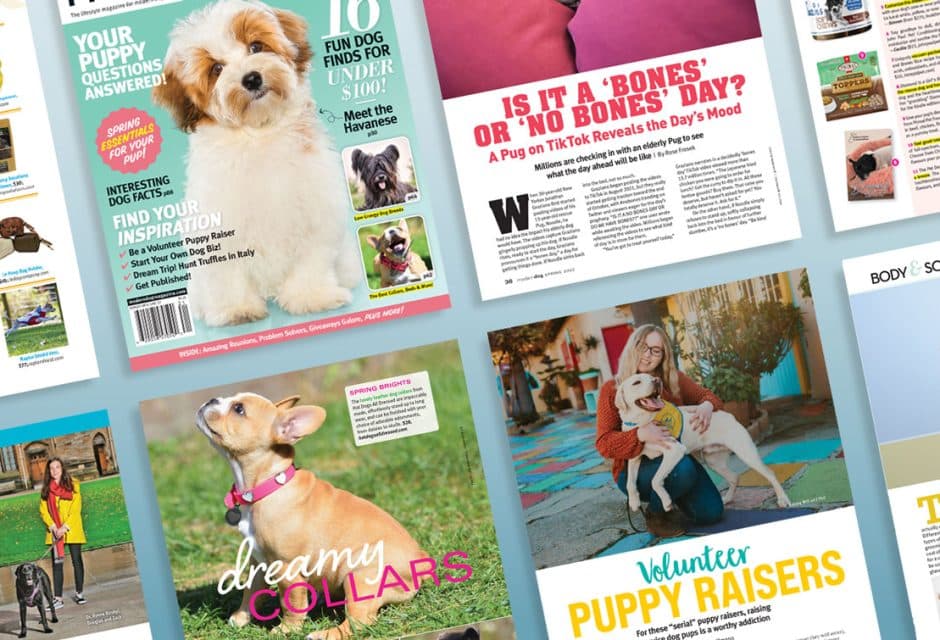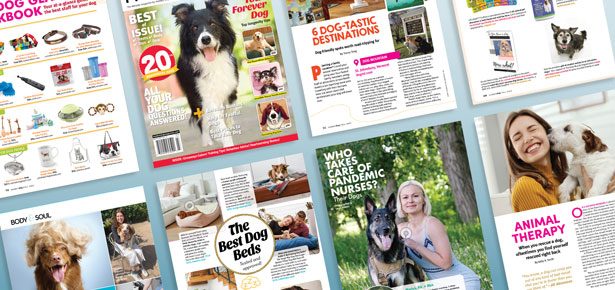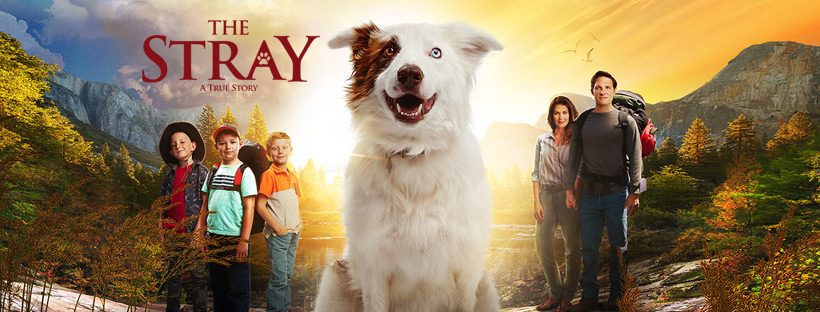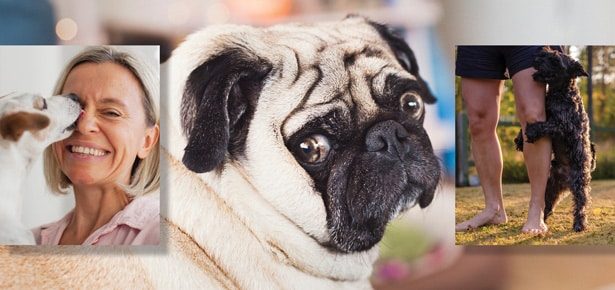
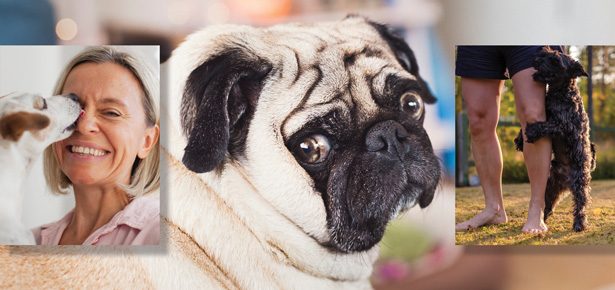
Why Does My Dog…?
A dog behaviourist and trainer answers commonly Googled dog questions
Q Why Does My Dog Lick Me?
What’s better than your dog doing the happy dance and licking you joyfully when you come home? Not much! Licking as a greeting has been observed in packs of wild wolves, and you are definitely part of your dog’s pack! Dogs lick out of affection and to express emotions. Your dog might even be empathetic to the point that if you are feeling sad or crying, he will lick you. Dogs may also lick their owners to appease them after being yelled at or when feeling nervous. Your dog might also lick you to get your attention, such as when it’s time for dinner or to solicit petting. Now, if you’ve been exercising and have broken a sweat, it may be that your dog is licking you because the salt on your skin is tasty. Essentially, you’ve become a walking bag of potato chips!
Q Why Does My Dog Get the Zoomies?
No, ‘dog zoomies’ is not a new form of virtual meeting for dogs! The zoomies are when your dog races around in circles as though he’s suddenly lost his mind. But why do dogs do this? Dogs are crepuscular, meaning they are most active at dawn and dusk, as are wolves, with whom dogs share a lot of DNA. Wolves are most active during these two time periods because that’s when they’re out hunting. You might notice that your dog gets the zoomies around dawn or dusk, an ancestral hold over. Of course, your dog might also have a burst of morning energy after resting all night, or to express pent-up energy if he’s been left alone during the day. In fact, zoomies can happen as a result of excess energy any time of day. Spontaneous happy zooms can also happen when a dog is very excited, for example, when seeing another dog or when you come home.
Photo sonnydaez/bigstock.com
Q Why Does My Dog Dig or Paw the Ground After Pooping?
This instinctual behaviour is also seen in wild canids like wolves and coyotes and is called “scraping” or “ground scratching.” Dogs have scent glands in their paw pads. When they kick their hind legs out after urinating or defecating, they are dispersing the scent and marking the spot—not hiding their business, as is commonly thought. In addition to leaving odour from their paws, the resulting scrapes in the dirt also communicate who was there to other dogs. Dogs may also perform this behaviour in the presence of other dogs as a display of social status.
“Research has shown that when a dog wags his tail to the right, he’s more relaxed, whereas a wag to left indicates fear or uncertainty.”
Q Why Does My Dog Hump Other Dogs (or Objects) Despite Being Neutered/Spayed?
Although people are often embarrassed when their dog humps another dog, an object, or—even worse—another person, it is a totally natural behaviour. In adult dogs, it is also not often sexual in nature, although it appears that way. Both male dogs and female dogs hump. The behaviour is often seen when dogs are racing around playing and is a form of social engagement. It can be problematic, however, when the humpee does not appreciate that particular form of unsolicited attention, especially since humping another dog can also express dominance. But like zoomies, humping can simply be the result of excess energy. It can serve as a release valve when a dog is experiencing stress and anxiety. When directed at an object, the underlying reason may be to release sexual arousal. (Some owners allow their dog a specific pillow for this purpose.) When directed toward a person, humping can be an expression of the dog’s excitement to see them, although most of us would prefer an alternative form of greeting!
Q Why Does My Dog Eat Grass?
Grass eating is a common behaviour in dogs, but many of us have no idea why our dogs do it, especially if they’re getting a nutritious, balanced diet. Although many people believe grass-eating is a dog’s way to make themselves vomit when they have stomach upset, evidence suggests that this is not true in the majority of cases. Some dogs will graze when they are bored or anxious, and some seem to simply like the taste. In any case, unless the grass has been sprayed with a pesticide or herbicide, grass eating is not normally dangerous to dogs.
Photo feeferlump/bigstock.com
Q Why Does My Dog Howl?
Dogs howl for a variety of reasons, but at its root, howling is a genetically programmed behaviour. Wolves and coyotes use howling as a long-distance signal to keep the pack together and to broadcast their territory. In domesticated dogs, some breeds tend to howl more than others. Siberian Huskies, Alaskan Malamutes, and hounds are master howlers! In dogs, howling serves a variety of purposes. Basset Hounds or Beagles will howl on the hunt when they’ve gotten their prey. Malamutes and Huskies are often used as sled dogs, and howling is a bond-reinforcing activity in the pack. But dogs will also howl as a response to an unfamiliar dog’s howl, and will even howl in response to the mechanical howl of a fire engine or police siren. At home, your dog might howl, along with barking, to alert you to a potential intruder, or to advise others to keep off his territory. Dogs also howl when they are in pain. If you have an older dog who is howling at night, it could be a sign of cognitive decline. If you suspect either of the latter two reasons, a vet visit is in order.
Photo simol1407/bigstock.com
Q Why Does My Dog Wag his Tail?
We’ve all seen dogs wag their tail when they’re happy to see us, or excited about something such as the prospect of going for a walk. But dogs wag for other reasons as well. A dog who is nervous may hold his tail low and wag it in a small, tight arc. A dog who is meeting another dog might hold his tail high, wagging it stiffly like a flag, to show confidence or dominance. And then there’s my favourite, the doggy-happy-dance propellor tail that swoops around and around in wild circles! Furthermore, research has shown that when a dog wags his tail to the right, he’s more relaxed, whereas a wag to left indicates fear or uncertainty.
This article originally appeared in the award-winning Modern Dog magazine. Subscribe today!
Join the newsletter and never miss out on dog content again!
"*" indicates required fields
By clicking the arrow, you agree to our web Terms of Use and Privacy & Cookie Policy. Easy unsubscribe links are provided in every email.
